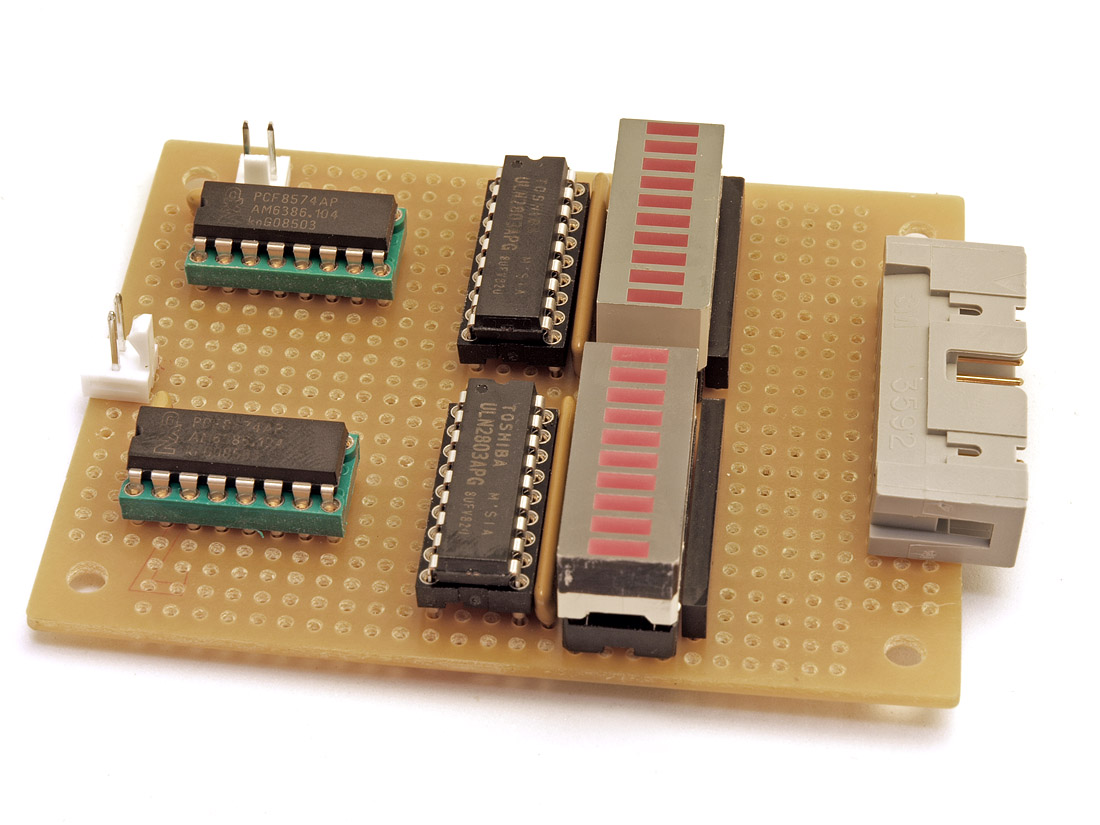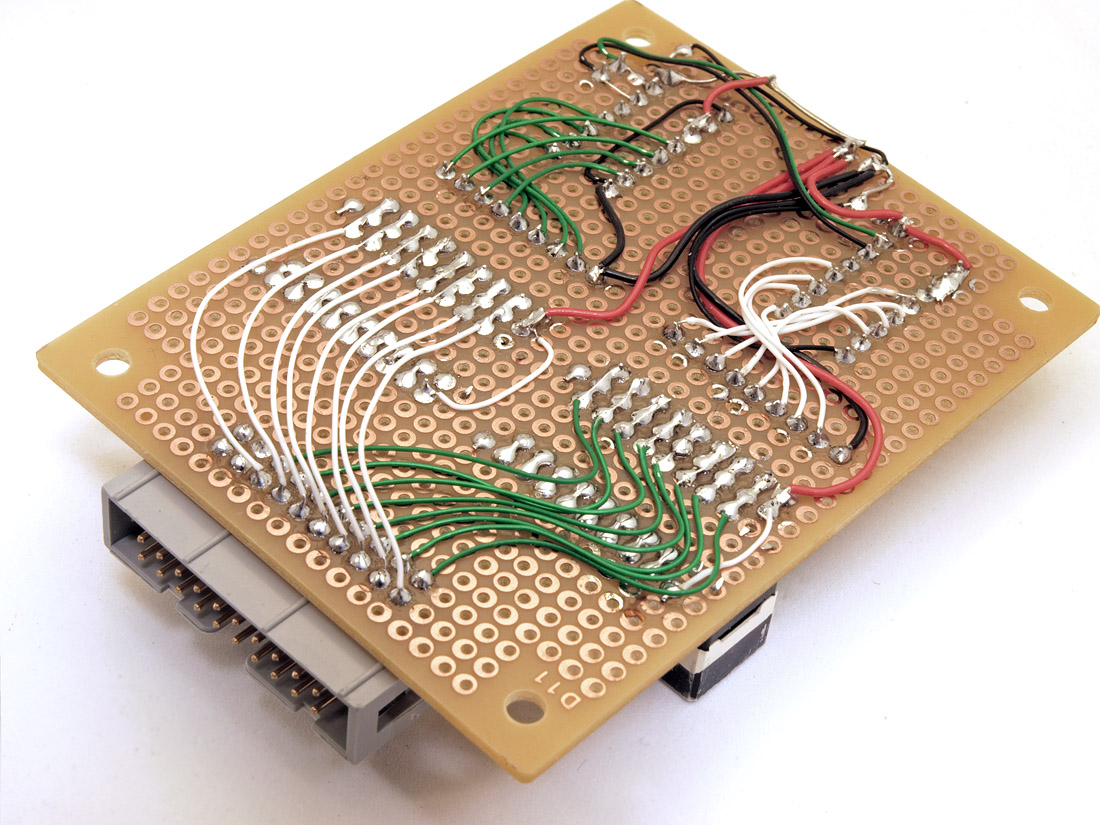ujamerstand
500+ Head-Fier
- Joined
- Oct 18, 2009
- Posts
- 829
- Likes
- 13
Voltage sensing and auto/manual biasing tool anyone? You'll never have to open up your casing again. This is starting to look like the most versatile project ever!

| Originally Posted by linuxworks /img/forum/go_quote.gif Juaquin got my intention 100%. thanks, mate. |



| Originally Posted by linuxworks /img/forum/go_quote.gif if I understand you correctly, you want to use the lcduino1 as the controller but have it talk to your own board? its open-source and so yes, you should be able to 'software glue' your board to the lcduino1. if you use i2c it might be easier (as there will be examples to follow, to speed your customization). what you would do is to find the action routines (when the user presses 'input button 1', say) and then call your routine instead of the built-in one. like that. |
| Originally Posted by luvdunhill /img/forum/go_quote.gif Chris, I'd expect that you'd need more circuity on your board that what you mentioned. (Perhaps you didn't give an exhaustive list?) For example, do you plan on having relay driver on the board and control mechanism as well? |

| Originally Posted by Pars /img/forum/go_quote.gif I don't have a ton of real estate to work with, so it may have to interface another board to interface to the controller |




| Originally Posted by jtostenr /img/forum/go_quote.gif Are the bargraph leds there only for development, or are they going to be on the production board as well? |

| Originally Posted by linuxworks /img/forum/go_quote.gif there will be a jumper (hard jumper or switch) to electrically disconnect them at will and stop the light show 
|



